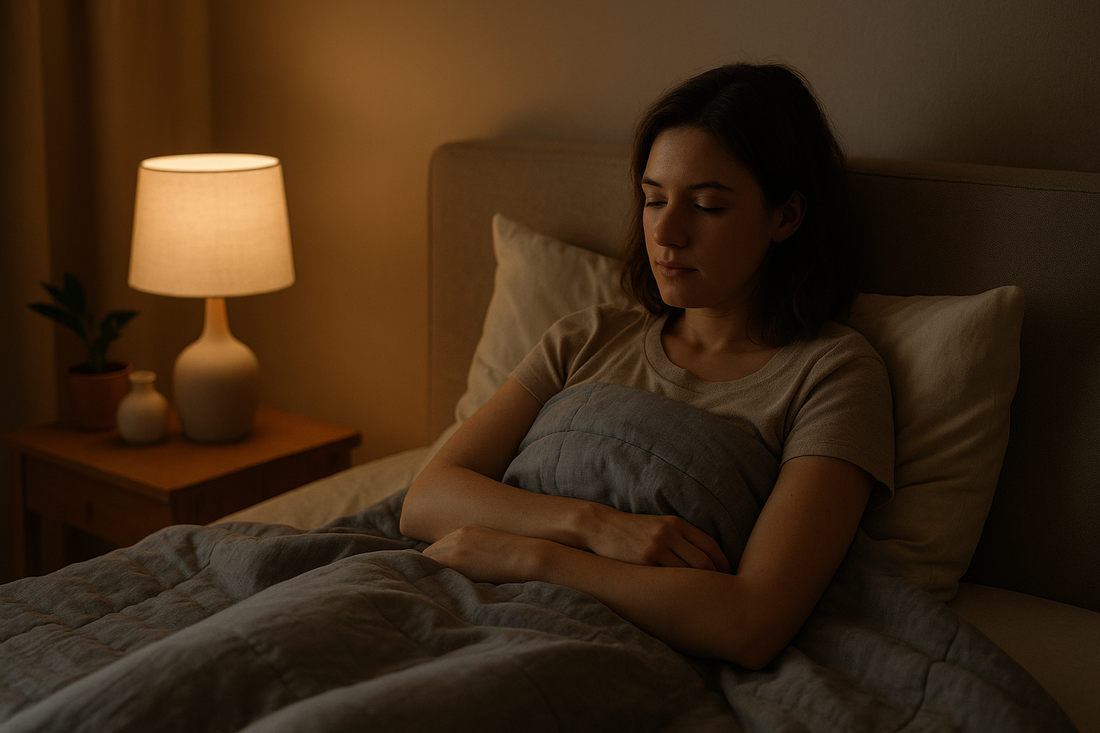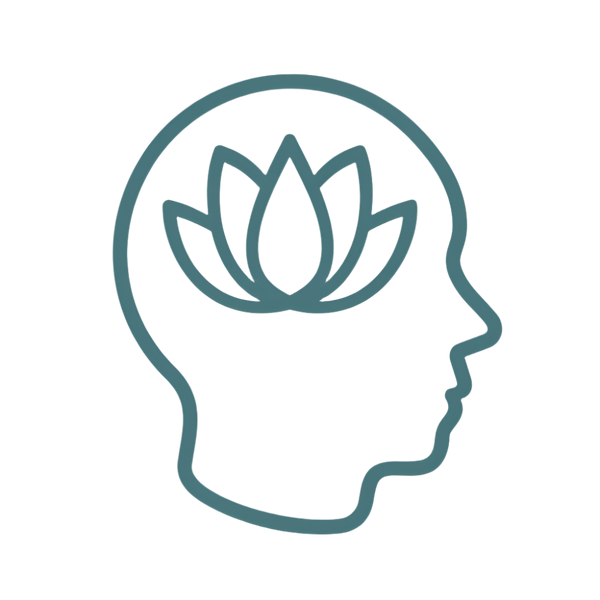
How ADHD Affects Sleep (and What Actually Helps)
Share
✅ Quick Summary
ADHD doesn’t just affect attention — it disrupts sleep in deep, frustrating ways. From mental overstimulation to emotional dysregulation, falling asleep (and staying asleep) becomes a nightly struggle. In this post, we’ll explore how ADHD interferes with your natural sleep cycles — and what actually helps, including why the best weighted blanket for ADHD might make a bigger difference than you think.
🧠 Why ADHD and Sleep Don’t Mix
If you have ADHD, you’ve probably lived this cycle:
Tired all day → hyper at night → exhausted again the next morning.
ADHD doesn’t just make sleep harder. It makes the transition into sleep harder. That’s because your brain struggles to shift from doing to resting — and it doesn’t always respond to typical “sleep hygiene” tips.
Here’s why:
🧩 4 Ways ADHD Disrupts Sleep
1. Mental Restlessness
Your brain doesn’t slow down. It replays the day, jumps ahead to tomorrow, or spirals into completely unrelated thoughts.
2. Emotional Overflow
ADHD often delays emotional processing. At night, the feelings you held in all day finally surface.
3. Sensory Overload
The scratch of your sheets. The hum of your charger. The temperature. These things can feel loud in an ADHD body.
4. Time Blindness
You think it’s “only 11,” but suddenly it’s 1am and you’re still scrolling. Routines fall apart without visual or sensory cues.
💡 What Actually Helps?
You don’t need a “perfect bedtime.”
You need a sensory-safe, predictable, brain-calming ritual.
Here’s what helps ADHD brains reset for sleep:
🧣 1. Deep Pressure Tools (Like a Weighted Blanket)
Deep Pressure Stimulation (DPS) is one of the most effective calming techniques for ADHD and anxiety. It’s like giving your nervous system permission to slow down.
The best weighted blanket for ADHD will be:
- Cotton-soft and breathable (no heat traps)
- Weighted with glass beads for even pressure
- Around 10% of your body weight
- Made with sensory safety in mind
This is the blanket I designed to help my brain slow down at night → see it here.
🔁 2. A Predictable Wind-Down Cue
Try using the same sequence every night:
- Dim lights
- Sit under your blanket
- Play the same music or soundscape
- Journal or reflect
This tells your brain: we’re moving into rest now.
🌿 3. Layered Sensory Supports
- Use lavender or eucalyptus spray
- Swap out scratchy bedding
- Set the room to a cooler temperature
- Play brown noise or soft instrumental music
Every sense grounded = better sleep outcomes.
✍️ 4. Do a Thought Dump
Empty your brain onto paper before bed:
- Write unfinished tasks
- Acknowledge what’s bothering you
- Add one thing you did right today
It gives your ADHD brain closure — so it doesn’t keep trying to “fix everything” at 2am.
❓FAQ
Q: Is it normal to feel more awake at night with ADHD?
Yes — that “second wind” is common. It’s your brain kicking into hyperfocus mode when the world finally gets quiet.
Q: Can weighted blankets really help ADHD sleep?
For many people, yes. The pressure reduces anxiety, stills physical restlessness, and creates a sense of containment that helps the brain feel safe enough to fall asleep.
Q: What weight should I choose?
Look for a blanket around 10% of your body weight — ours is 6.8kg, ideal for most adults.
🛒 Final Thought
ADHD sleep isn’t “bad sleep.” It’s unregulated sleep.
That’s why sensory tools like weighted blankets don’t just feel nice — they can be a turning point.
If your brain won’t switch off, your heart’s racing, and sleep feels impossible…
→ Try the blanket designed with ADHD in mind. It changed how I fall asleep — and how I feel the next morning.


